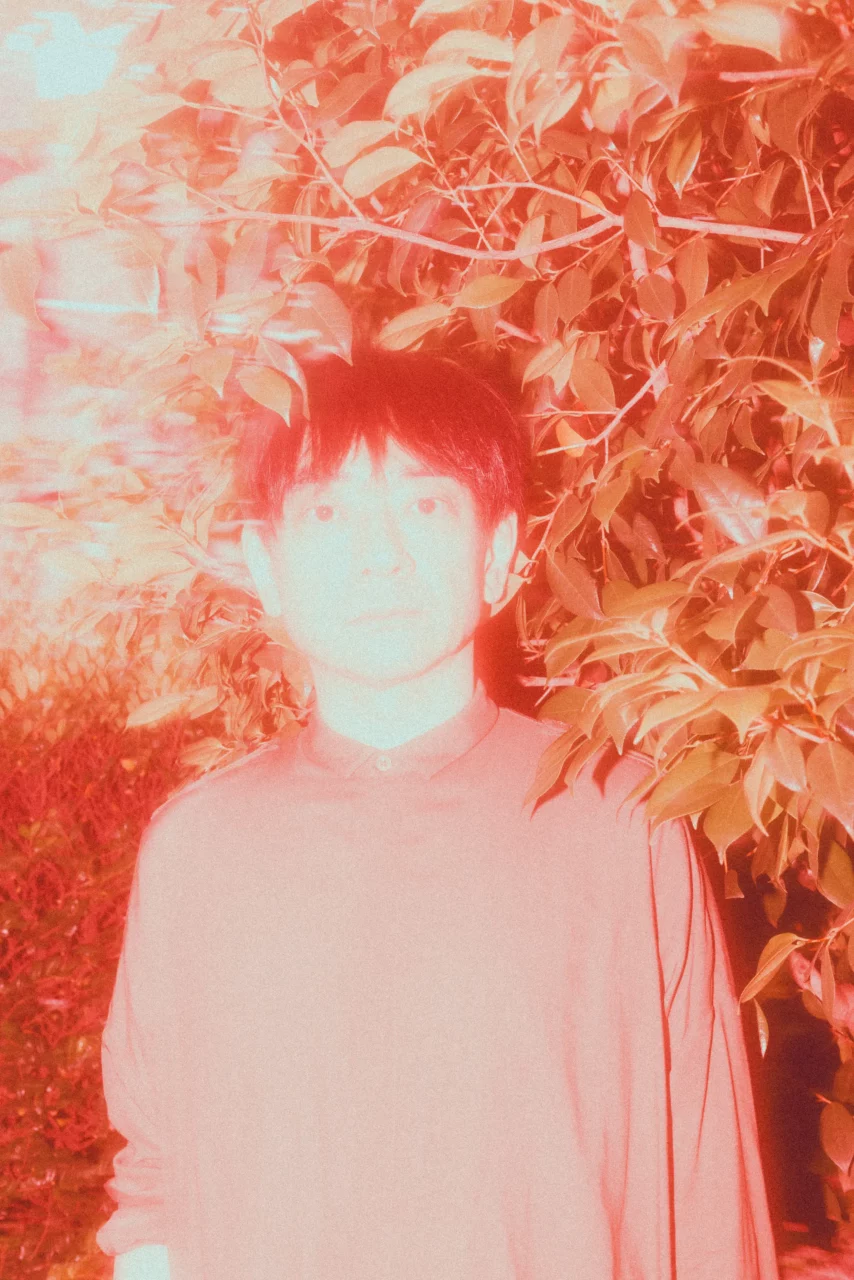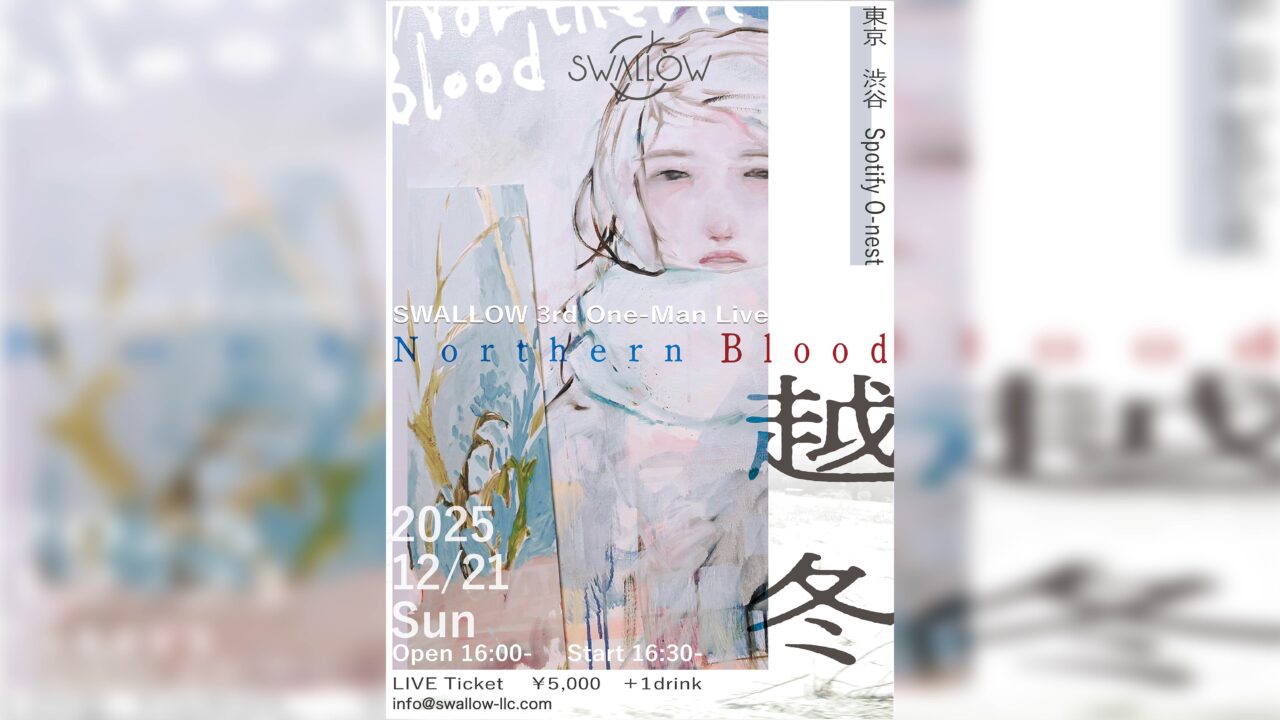INDEX
Eternal Innovation: Understanding Cornelius’ Unique Sound
-Did you feel any difference between the acoustic sensation of live band playing in the studio or sampling music and that of DAW-like music?
Oyamada: I really felt that. In creating music in stereo, I became conscious of a new parameter called “spatial arrangement” in addition to the elements of sound such as rhythm, chords, melody, and tone.
In a DAW-style production without microphones or amplifiers, air sounds are not included, so the localization of sound becomes clearer. But on the other hand, if you use only digital sounds, the sound is small, or the space is very small. In contrast to the digital sound, I felt the need to include acoustic instruments and human voices, which would bring a bit of air into the sound.
-What other changes did you make in the production process?
Oyamada: If sounds in close frequency range are pronounced at the same time, they will cancel each other out, so while checking on the screen, we tried to avoid producing sounds at the same time, and if we did, we tried to separate the low and high frequencies. This is also true for sounds like drones, which are always sounding.
By avoiding the placement of sounds and their frequencies, localization becomes clearer. In this way, the sound can be felt as a mass, and the sound itself can be felt.
-That is one of the rules and characteristics of Cornelius-like music after “POINT”, isn’t it? There seem to be other prohibitions in your mind, Mr. Oyamada.
Oyamada: Yes, there are. But I remove them when they become too much of a hindrance [laughs].
– In your case, you are willing to use mechanical functions and technology as long as it can be used. I think there are many people who avoid such things as aesthetics, but I don’t think you seem to have that attitude at all.
Oyamada: If I had to say, I wouldn’t say that. But I am indeed afraid of AI. Well, I’ll use it [laughs].
-I guess we are already talking about how to deal with AI, aren’t we?
Oyamada: That’s right. I don’t know how many years from now AI will dominate our lives, but until then, I think we will continue to have to deal with AI for a while. The era in which we can take the initiative will continue, and the era in which we can run side by side with AI-like things has already arrived, hasn’t it?
At the time of “POINT,” there were various subgenres such as post-rock, acoustic, and electronica, for example.
Oyamada: I wasn’t really conscious of doing electronica or post-rock in particular. I listened to a lot of electronica, but I consciously avoided putting glitchy sounds and other tones with a strong genre nomenclature in my works.
-So you are not talking about genres or formats as an idea.
Oyamada: I think it is, but it is still something close to something. Shintaro Sakamoto once said, “Perverts never get old.
-I think that’s a great saying.
Oyamada: I think that the more original something is, the more it transcends the times. If the image of the era is too strong, it will only be accepted as something unique to that era. For example, NEU!
-Yes [laughs].
Oyamada: Everything about NEU! is a method, a way of being, and a symbolism that feels like NEU! That kind of thing is strong, isn’t it?



























